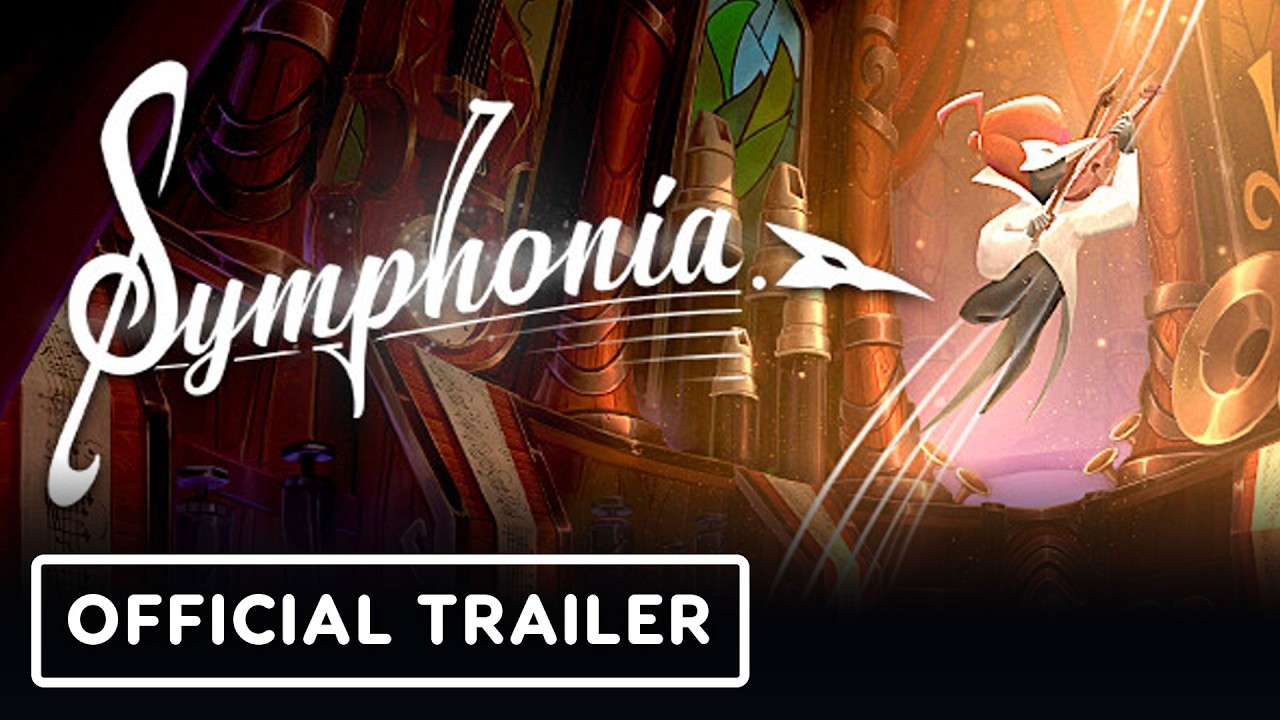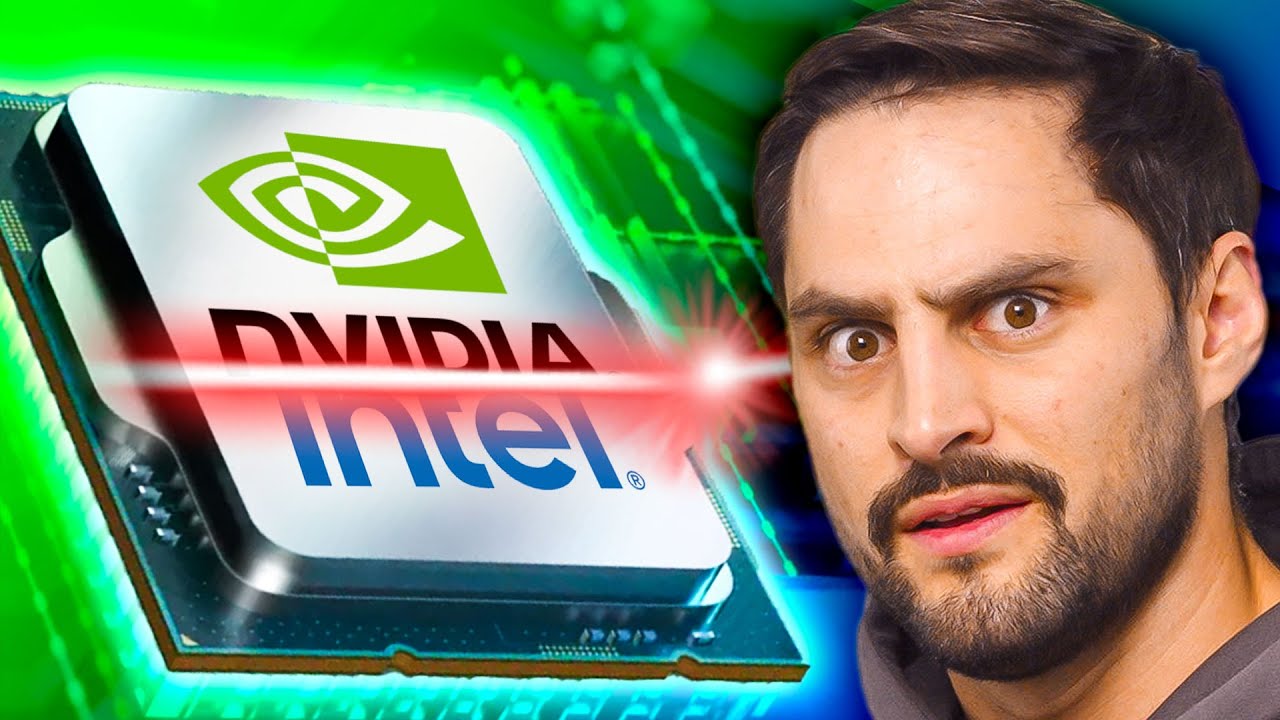As featured on New Minecraft Servers
#MCSKILL #MAGICCRAFT #WIP #Minecraft #server

❤️ Do you like constant exploration of new territories?
❤️ Do you love magic and everything unknown to humanity?
❤️ This server is just for you!
❤️ Here you will find the coolest magic mods that will immerse you in the world of magic and magic!❤️ You will be able to study dangerous alchemy, ancient magic and unexplained phenomena!❤️ Become the wisest wizard on the server and gain power over everyone around you!
❤️ List of mods

ThaumCraft – This is the best magic adding sorcery and items associated with itBotania – Adds a lot of flowers to the game, which will form your further developmentWitchery – adding many items needed for various ritualsBloodMagic – The mod will add blood magic to Minecraft – a secret art that uses blood to gain powerForestry – adding new types of trees, solutions for automated farms, beekeeping and much moreBinnie’s Mods – Addition for Forestry modification Consists of 5 sections, which were previously separate modificationsDraconic Evolution – which adds new powerful tools, armor, vehicles and various elements DwCity – Own server mod that adds many new items, as well as an additional “Ethers” tab in the Taumonomicon, which will give you the opportunity to study and create themOpenComputers – computers and robots that can be programmed in Lua 52OpenSecurity – An addon to OpenComputers that adds new mechanisms that will ensure the security of you and your dataOpenPeripheralAddon – Addon to OpenComputers, which will add even more new mechanismsTwilight Forest – Adds the world of Twilight Forest with many bosses and dungeons Thaumic Tinkerer – expands the magical arsenal and adds a new research branch to the ThaumonomiconForbidden Magic – adds a section of forbidden magic associated with the lower world “apocrypha”, new enchantments appear, new studies, new itemsThaumic Horizons – allows you to work with DNA, create new creatures by enchanting and mutation, and also adds many useful items Automagy – will add blocks and items to the game that will help automate Thaumcraft using redstone mechanisms, item storage systems and essencesNodal Mechanics – Adds a new research item and several related recipes that allow you to craft nodes using large amounts of visTainted Magic – will allow you to touch forbidden dark magic and gain new opportunitiesAquaculture – which adds variety to fishing, you will see new species of fish, and also get the opportunity to get sea trophiesGrimoire Of Gaia 3 – New mobs and things that drop out of these mobs such as pieces of valuable resources, some food, pieces of golden apples and special rings that give the player high running speed or digging speed, but this is already in detailZtones – Mod adds futuristic decorative blocks, unique tools and a couple of useful itemsDragon’s Radio Mod – adding radio to Minecraft It doesn’t just play pre-recorded sound, but plays real radio broadcasts from the InternetWaila – This is a convenient informant that shows the amount of life a mob has and the damage you inflict on it.Iron Chests – more options for chests that have a larger capacityStatus Effect HUD – This mod is useful because it shows what effects are currently applied to you. They will be displayed on the screen and remain there until you change the situation due to which this effect is applied to you.CustomNPC – adding an NPC with which you can make many quests that players will take and completeThaumcraft NEI Plugin – A modification that allows you to view Thaumcraft craft recipes directly through the NEI panelThaumcraft Invintory Scanning – A modification that allows you to study items in your inventory using a thaumometer, just take the thaumometer and point it at the items in your inventory or chestChisel – adding a huge number of decorative blocks to the gameJabba – adds large chests to the game that can be upgraded so that they can hold a huge number of items placed in one block Each storage can only contain one type of item, but it significantly reduces the amount of space required





















